Eleonora Agostini
A Study On Waitressing05 February—04 March 2022
Opening: 4 February, 6pm
Combinando immagini fisse, in movimento e testuali, la mostra personale di Eleonora Agostini propone una prima restituzione pubblica di A Study On Waitressing, una ricerca focalizzata sulla vita quotidiana come rappresentazione.
La relazione tra immagine sociale e performatività viene investigata attraverso la figura della madre dell’artista, prendendone in esame le posture, i comportamenti e le azioni durante il tempo del lavoro. Che siano collage, immagini realizzate da Agostini o provenienti dall'archivio personale della donna, in A Study On Waitressing prende forma una codifica formale dell’identità fisica della madre dell’artista in accostamento a numerose informazioni, manifeste o nascoste, contenute nella comunicazione non verbale espressa nelle pose della stessa durante lo svolgimento delle mansioni di cameriera. In questo senso, le immagini appaiono “naturali” e – allo stesso tempo – costruite, realizzate o selezionate in modo tale da evidenziare l’ambiguità semantica delle stesse e il valore della messa in scena.
Se concettualmente A Study On Waitressing è una ricerca profondamente radicata a interessi di matrice psico e sociologica che si inscrivono nel filone aperto da Erving Goffman con i suoi scritti su teatralità performativa del quotidiano e sulla funzione del corpo nell’interpretazione dei ruoli sociali, questa prima restituzione di Agostini lascia intravedere potenziali sviluppi futuri nella messa in crisi di stereotipi visivi diffusi nella cultura del consumo e del narcisismo contemporaneo, così come suggerita da Mike Featherstone in The Body in Consumer Culture (1982). Enfatizzando la dimensione della subalternità lavorativa e il performing self come casi studio per riflettere sulla rappresentazione individuale nella sfera pubblica, l’artista calca la mano sull’icona stereotipata e unica della madre-lavoratrice per mostrare – per contrasto – la possibilità di essere (anche) “altro”: madre, donna, cameriera, adulta, cordiale, esperta, paziente, autorevole etc. Allo stesso modo, mischiando dimensione privata e pubblica e, contestualmente, dichiarando le risposte alle relazioni di potere date dal corpo al lavoro, istiga la reazione di quel “soggetto nomadico” teorizzato negli scritti di Rosi Braidotti per rifuggire le categorie tradizionali di rappresentazione di genere.
Dal punto di vista linguistico, mescolando documentazione e interpretazione della realtà, il lavoro di Agostini riprende alcuni temi presenti in diverse esperienze dell’image-making contemporaneo. Su tutte, è evidente un’attenzione verso quelle vicende collegate all’indagine della soggettività, nate tra la fine degli anni Settanta e inizio anni Ottanta, che leggono e interpretano le relazioni sociali e affettive attraverso l’esperienza del corpo, della vita privata e pubblica dell’artista e della sua comunità di riferimento. Da Lorna Simpson (l'archivio fotografico come materiale di partenza) a Robert Mapplethorpe (per quanto riguarda il ritratto), da Cindy Sherman (travestimento) a Thomas Ruff (soggettività del mezzo), anche nel caso di Agostini la fotografia gioca un ruolo costitutivo, non solo documentaristico dell’evento, ma anche dell’azione messa in scena.
Testo di Giangavino Pazzola
Eleonora Agostini (Mirano-VE, 1991) è un’artista che lavora tra Londra e Venezia. Laureata in Fotografia all’Istituto Europeo di Design di Milano (2013) e al Royal College of Art di Londra (2018). È stata tra gli artisti selezionati a Futures Photography (2021 – Selezionata da CAMERA), e Bloomberg New Contemporaries (2019). Il suo lavoro è stato esposto internazionalmente in varie gallerie, musei e festival tra cui L21 Gallery (Palma, 2020), Borough Road Gallery (Londra, 2020), Leeds Art Gallery e South London Gallery (2019/2020), Museo Castromediano (Lecce, 2021), MAR (Ravenna, 2019), Fotografia Europea (Reggio Emilia, 2021), Festival Circulations (Paris, 2021), Format Festival (Derby, 2019) e il Premio Fabbri (Pieve di Soligo, 2018). Il suo progetto A Blurry Aftertaste è nella collezione di The Government Art Collection. www.eleonoraagostini.com
Il progetto è sviluppato in collaborazione con CAMERA - Centro Italiano per la Fotografia e si inserisce nelle attività ideate dal centro per FUTURES Photography 2021.
La stessa sera inaugura Non c’è quiete dopo la tempesta di Matteo de Mayda presso Cripta747.
Almanac Inn è sostenuto da Fondazione CRT e Fondazione Compagnia di San Paolo.

Combining photography, moving images and texts, Eleonora Agostini's solo exhibition offers a first public presentation of A Study On Waitressing, a research focused on everyday life as representation.
The relationship between social image and performativity is investigated through the figure of the artist's mother, examining her postures, behaviors and actions during her job. Using either collages, images created by Agostini or coming from the personal archive of the woman, in A Study On Waitressing takes shape a formal coding of the physical identity of the artist's mother in combination with various information, visible or hidden, present in the non-verbal communication expressed in her poses while performing her waitress duties. In this sense, the images appear "natural" and - at the same time - constructed, created or selected in such a way as to highlight their semantic ambiguity and the value of the staging.
If conceptually A Study On Waitressing is a research deeply rooted in the psychological and sociological interests that are inscribed in the path opened by Erving Goffman with his writings on the performative theatricality of the everyday and on the function of the body in the interpretation of social roles, this first presentation of Agostini’s project suggests potential future developments of a critical analysis of widespread visual stereotypes in contemporary consumer culture and narcissism, as suggested by Mike Featherstone in The Body in Consumer Culture (1982). Emphasizing the dimension of labour subordination and the performing self as case studies to reflect on individual representation in the public sphere, the artist underlines the stereotypical and unique icon of the working mother to show - by contrast - the possibility of being (also) "other": mother, woman, waitress, adult, affable, professional, patient, authoritative etc. In the same way, mixing private and public dimensions and, at the same time, declaring the responses to the power relations given by the working body, it instigates the reaction of that "nomadic subject" theorized in the writings of Rosi Braidotti to avoid the traditional categories of gender representation .
From a linguistic point of view, by mixing documentation and interpretation of reality, Agostini's work takes up certain themes present in different experiences of contemporary image-making. Above all, it is evident an attention to those researches connected to the investigation of subjectivity, born between the end of the seventies and the beginning of the eighties, which read and interpret social and affective relationships through the experience of the body, private and public life of the artist and their community of reference. From Lorna Simpson (for the photographic archive as source material) to Robert Mapplethorpe (for the use of portraits), from Cindy Sherman (for the staging in disguise) to Thomas Ruff (for the subjectivity of the medium), also in the case of Agostini, photography plays a constitutive role, not only documentary of the event, but also of the staged action.
Text by Giangavino Pazzola
Eleonora Agostini (Mirano-VE, 1991) lives between London and Venice. She graduated in Photography at Istituto Europeo di Design in Milan (2013) and at Royal College of Art in London (2018). Her work has been exhibited internationally in various galleries, museums and festivals including L21 Gallery (Palma, 2020), Borough Road Gallery (London, 2020), Leeds Art Gallery and South London Gallery (2019/2020), Museo Castromediano (Lecce, 2021), MAR (Ravenna, 2019), Fotografia Europea (Reggio Emilia, 2021), Festival Circulations (Paris, 2021), Format Festival (Derby, 2019) and Premio Fabbri (Pieve di Soligo, 2018). Her project A Blurry Aftertaste is part of The Government Art Collection. www.eleonoraagostini.com
The project is realized in collaboration with CAMERA - Centro Italiano per la Fotografia and is part of the activities conceived by the center for FUTURES Photography 2021.
The same evening our neighbour Cripta747 is opening Non c’è quiete dopo la tempesta by Matteo De Mayda.
Almanac Inn is supported by Fondazione CRT and Fondazione Compagnia di San Paolo.

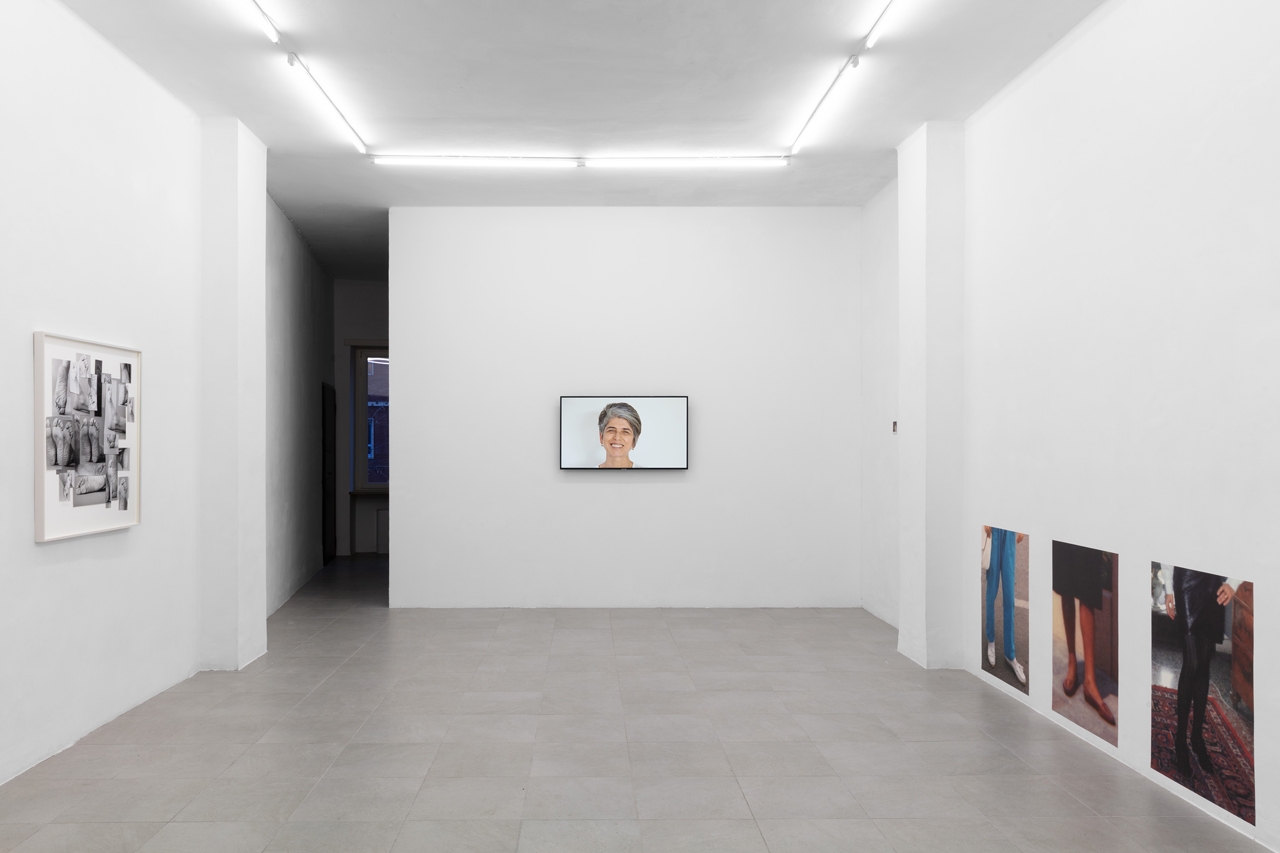
Installation view
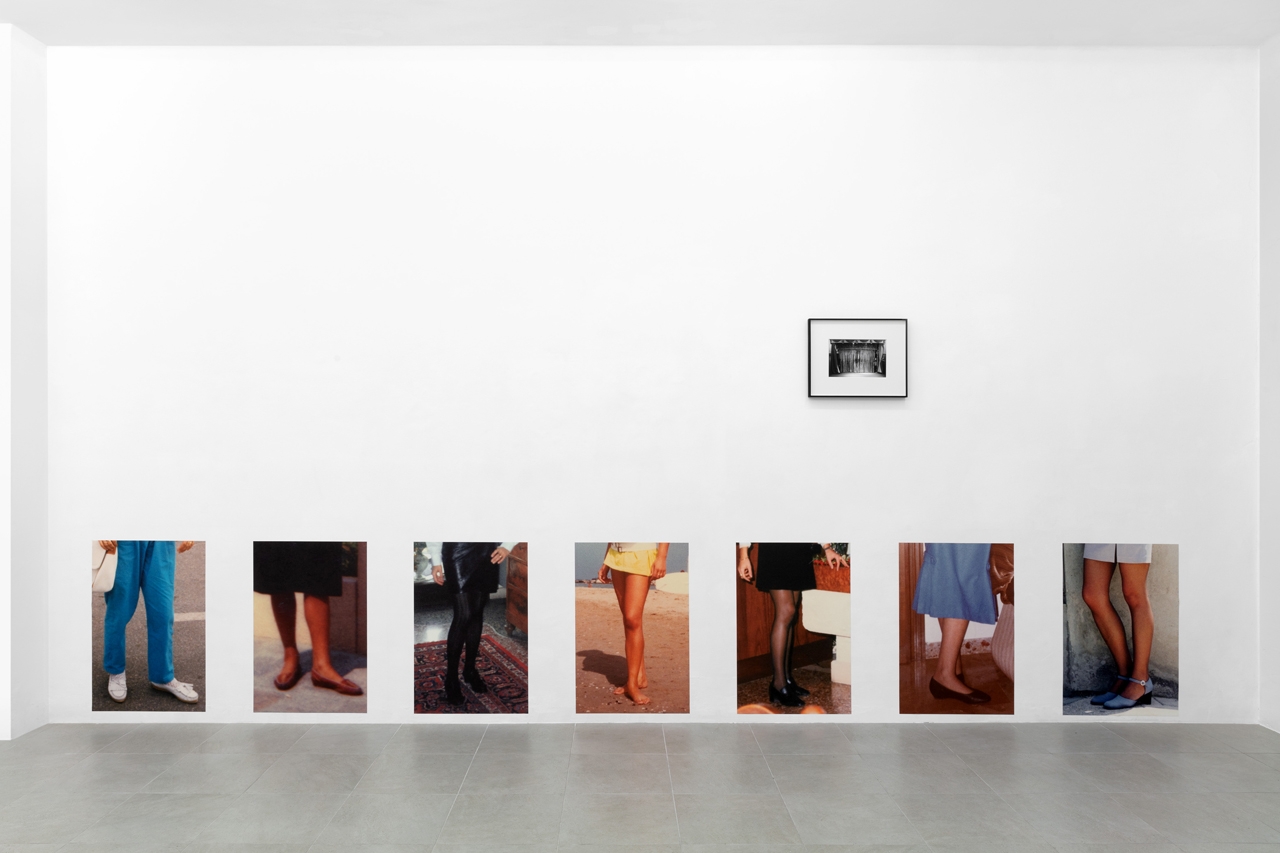
Installation view
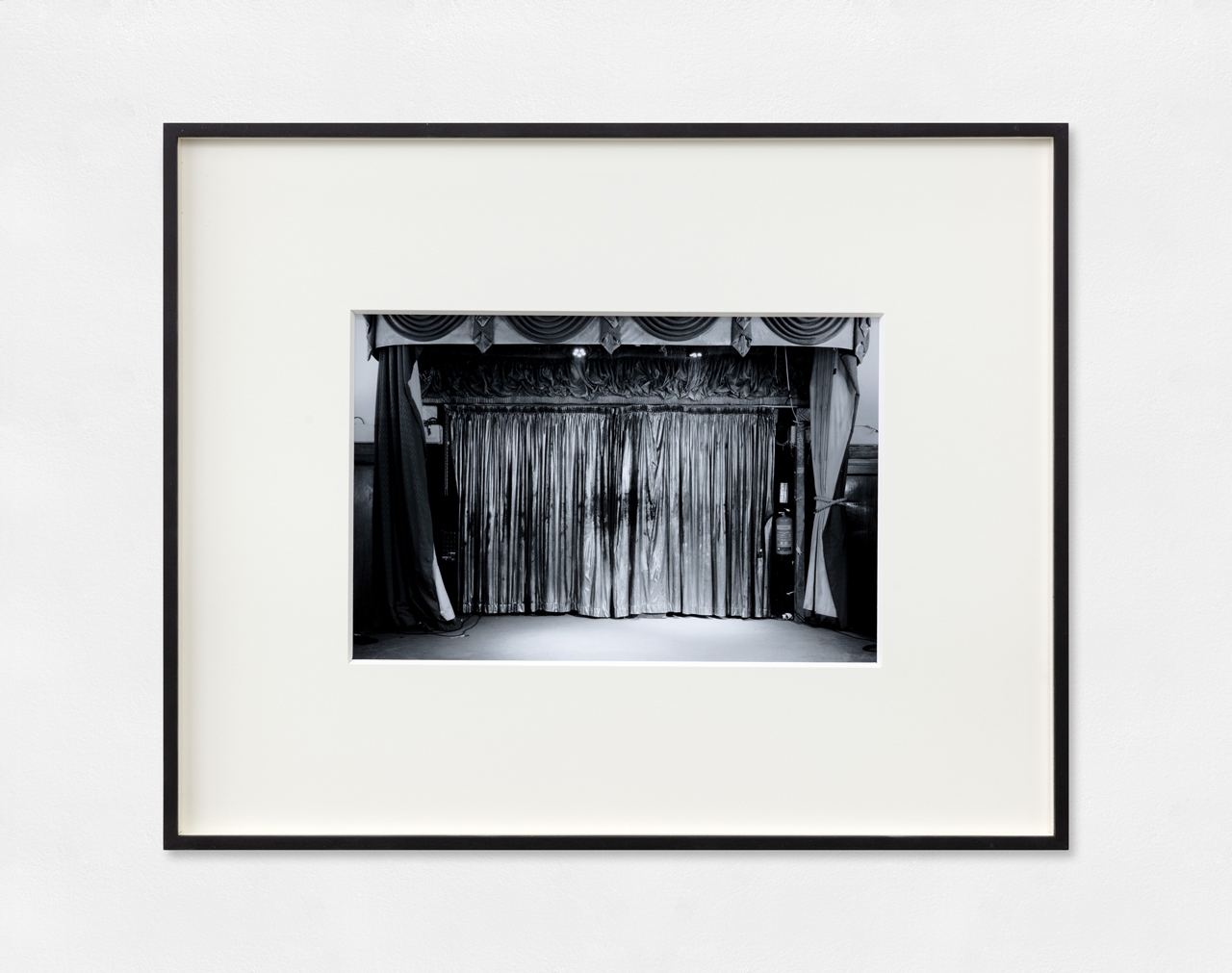
The Stage, 2021, giclée print, 40 x 50 cm (framed)
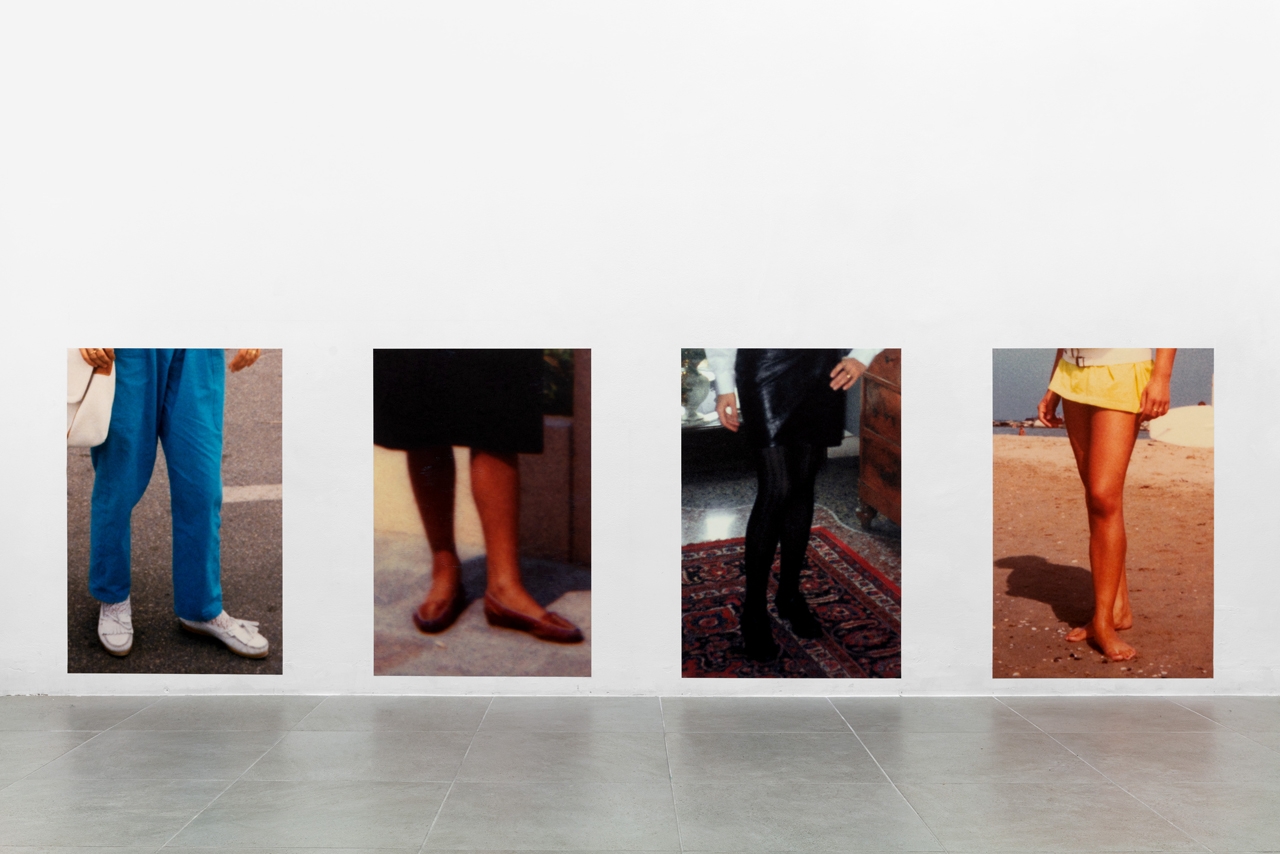
How to stand in front of the client, how to stand in front of the camera, 2021, photographic print on wallpaper
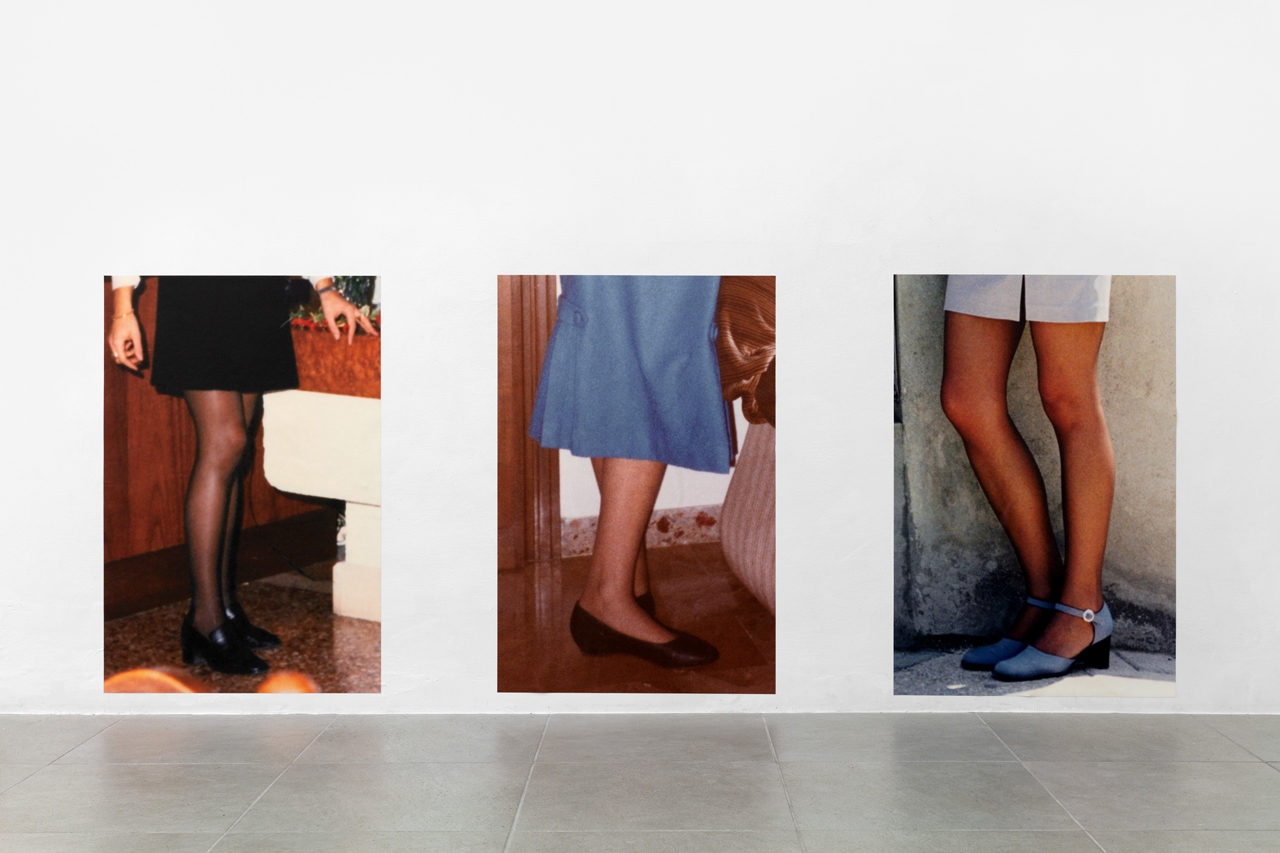
How to stand in front of the client, how to stand in front of the camera, 2021, photographic print on wallpaper
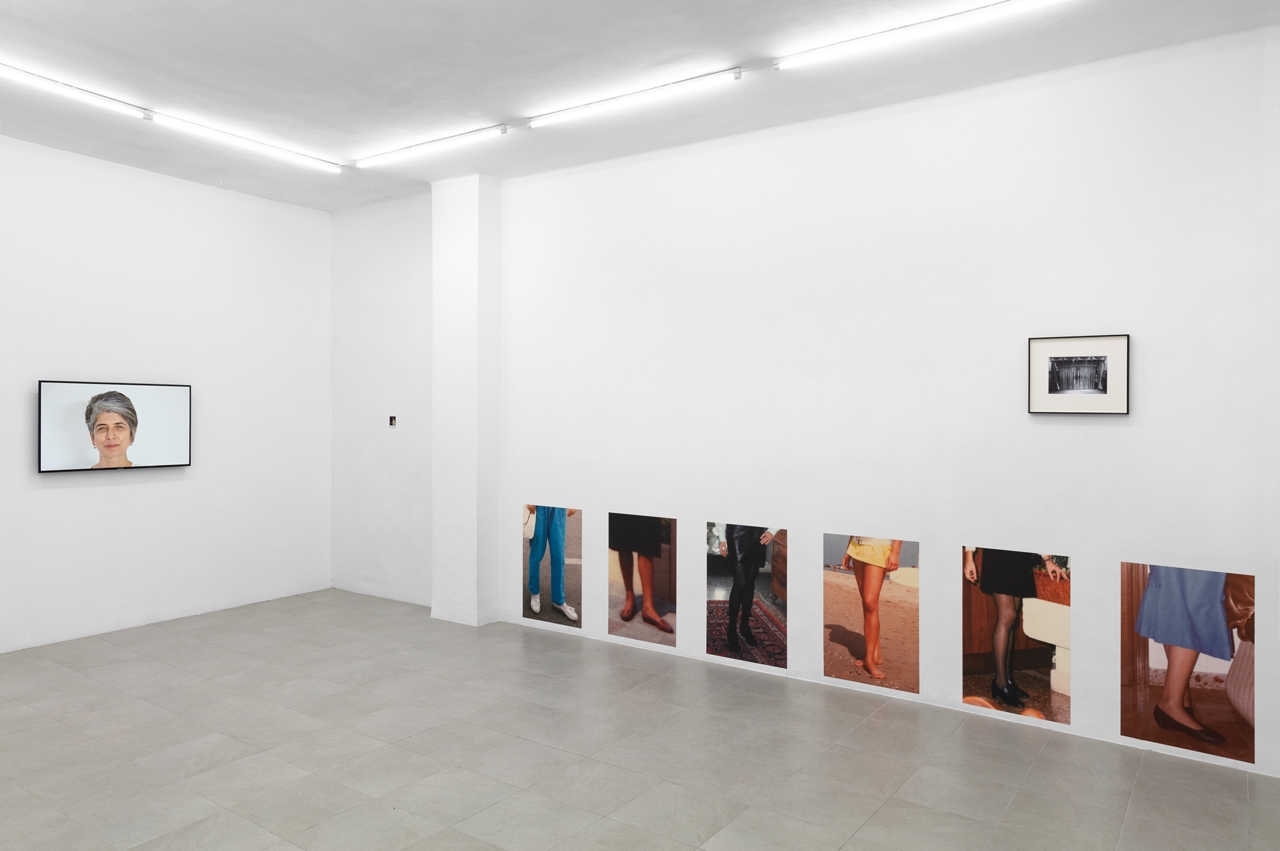
Installation view
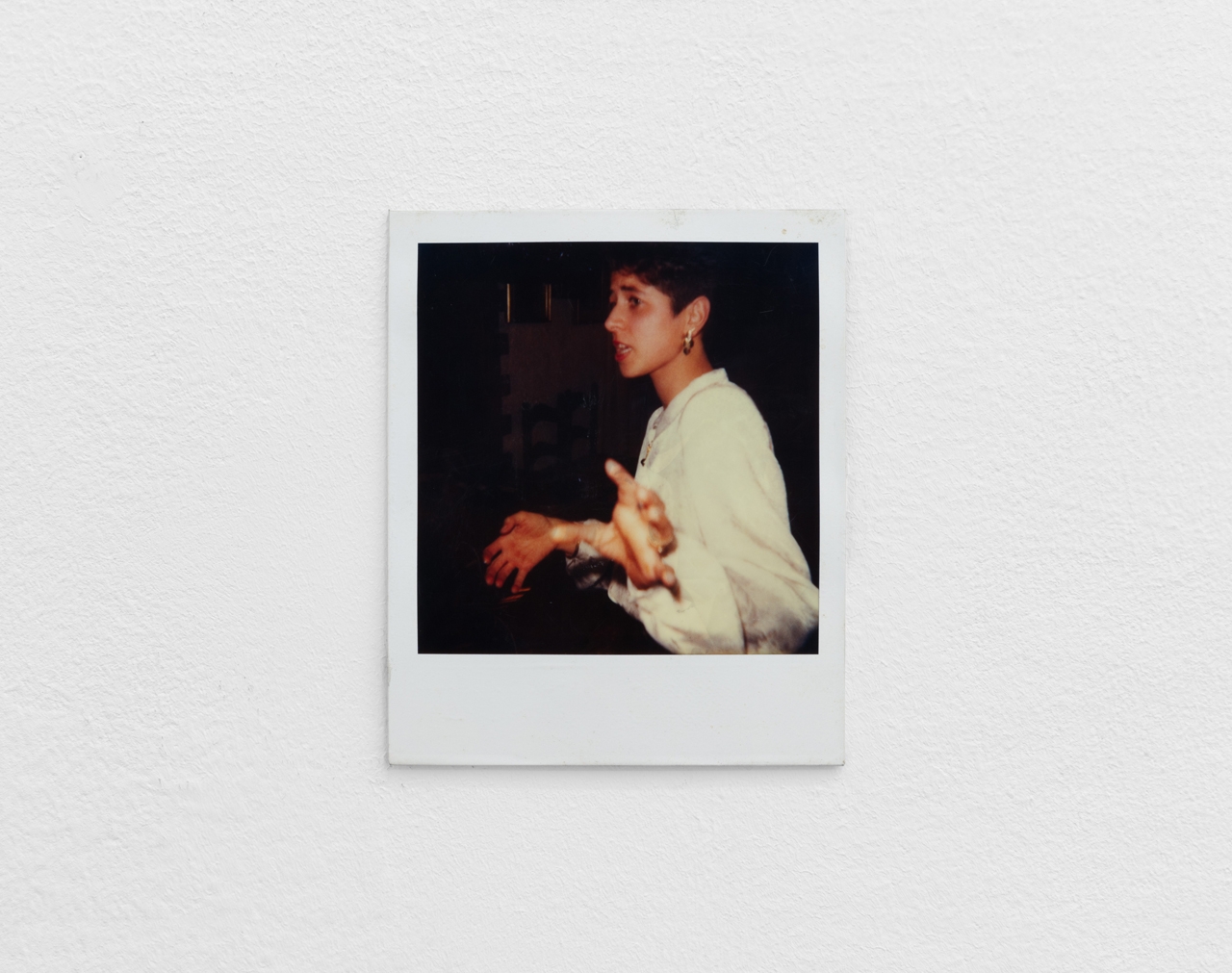
Polaroid from the archive
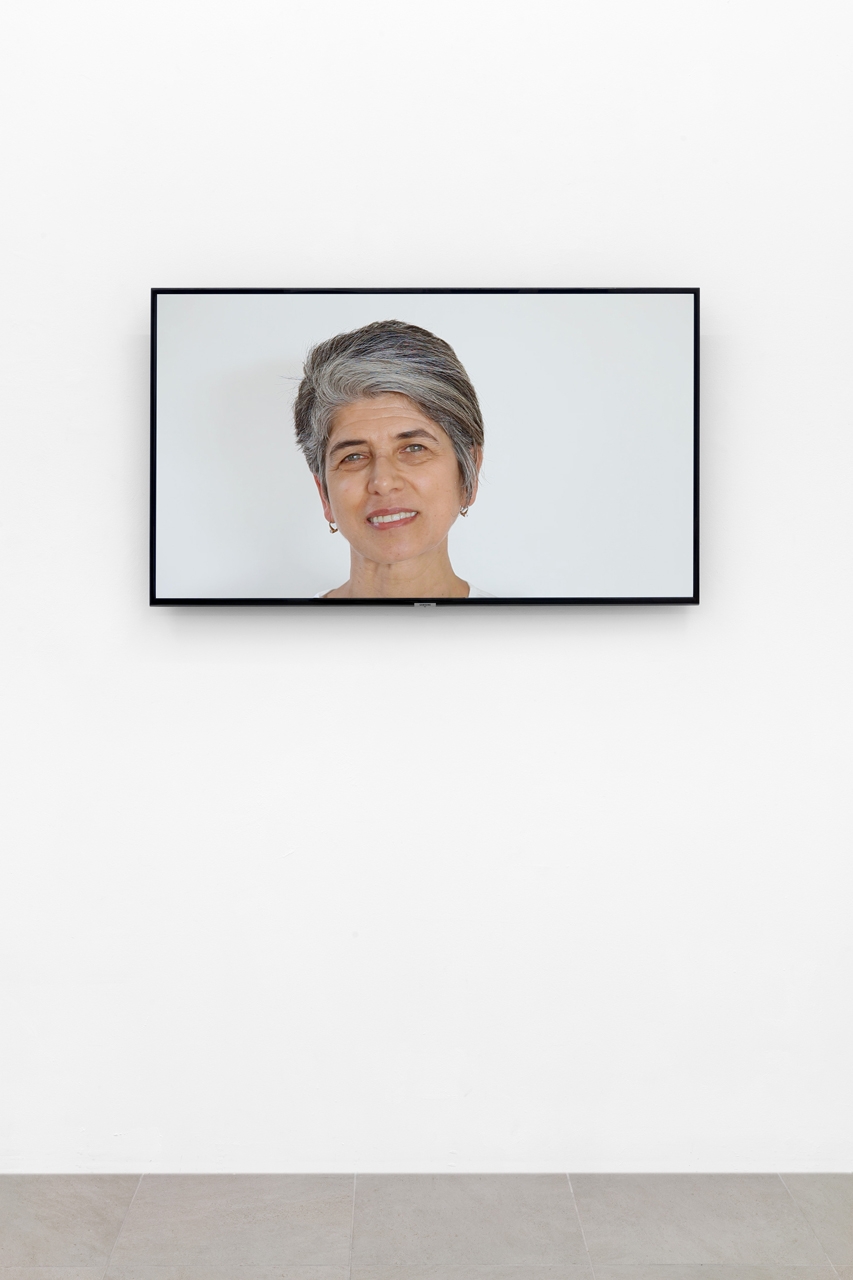
Welcome, Sir, 2022, HD video, 7’38” loop
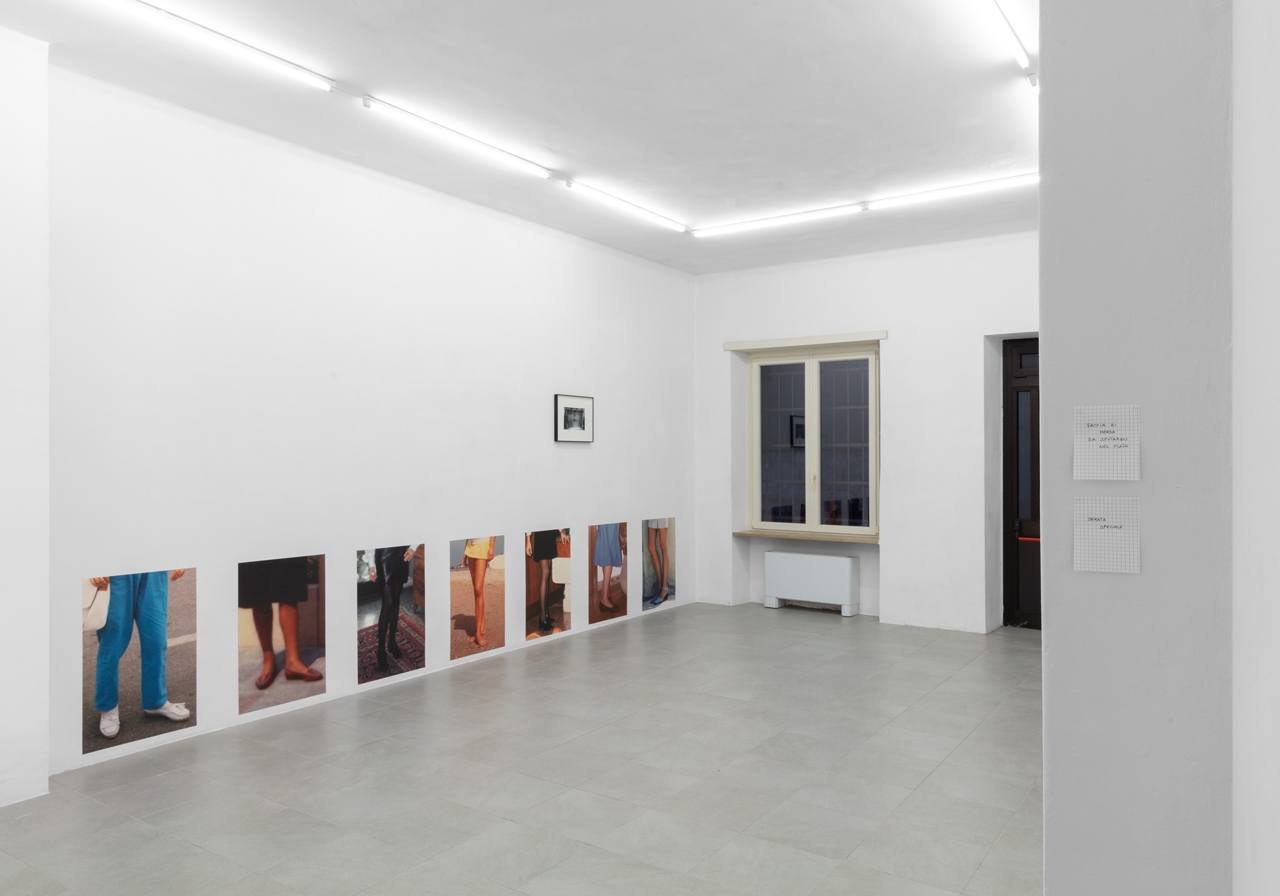
Installation view
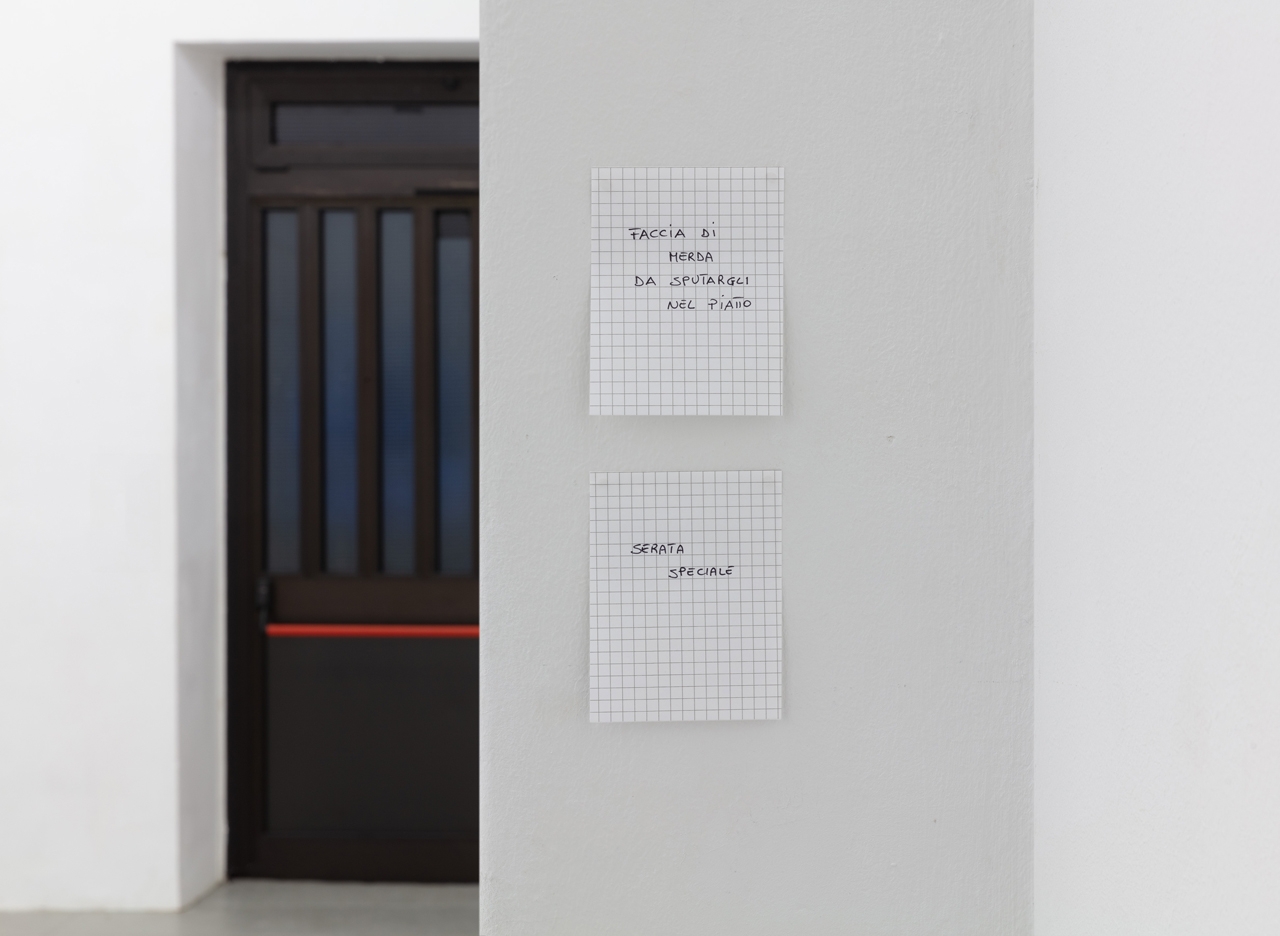
Notes for My Clients, 2021
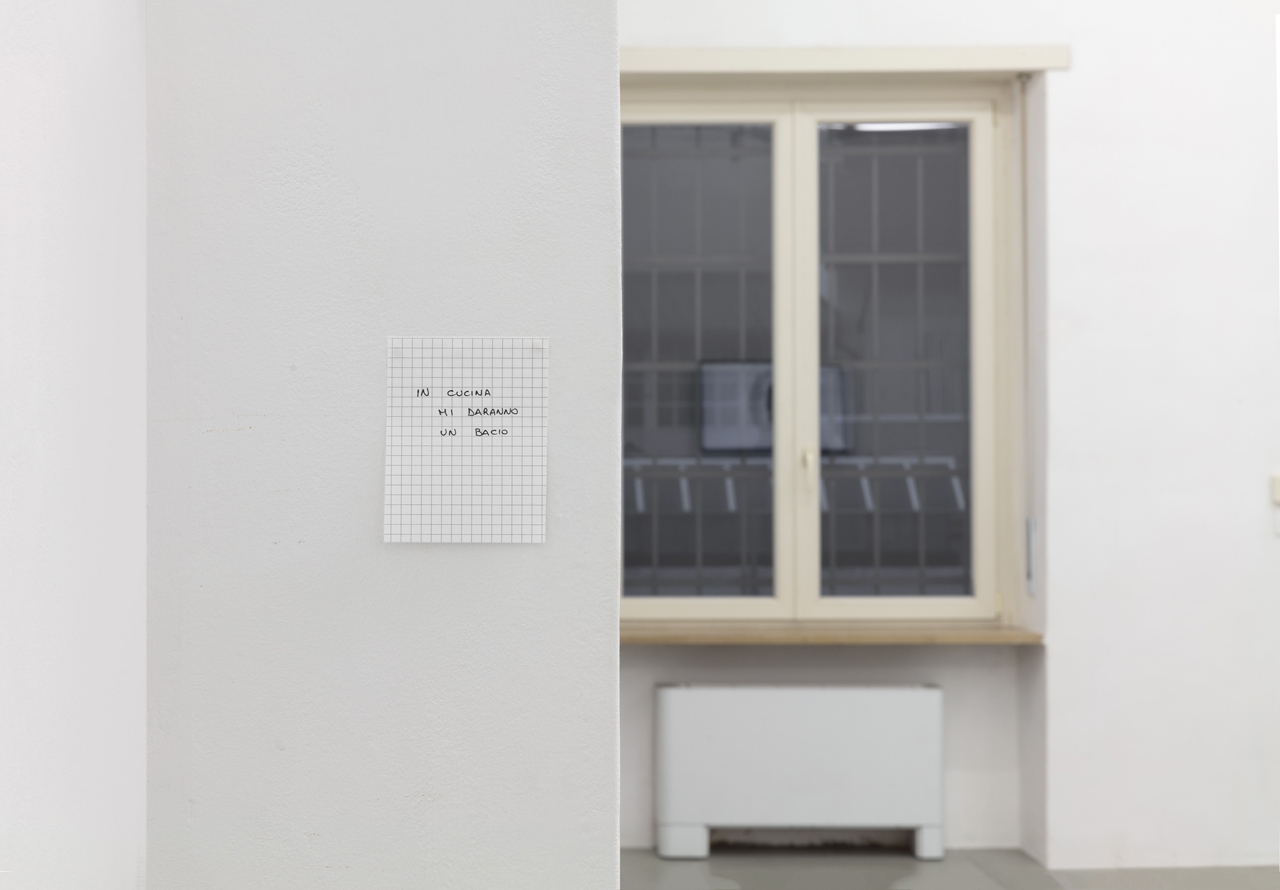
Notes for My Clients, 2021
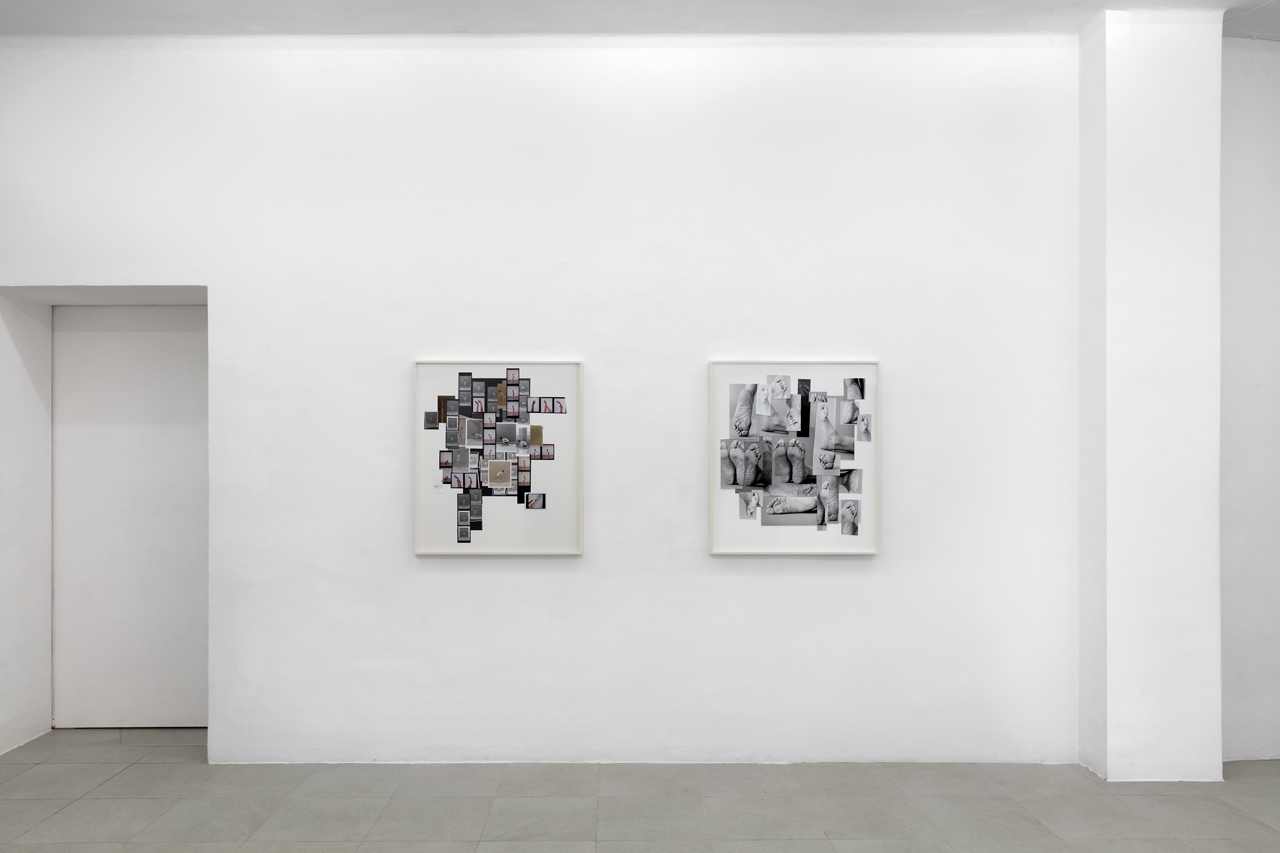
Installation view
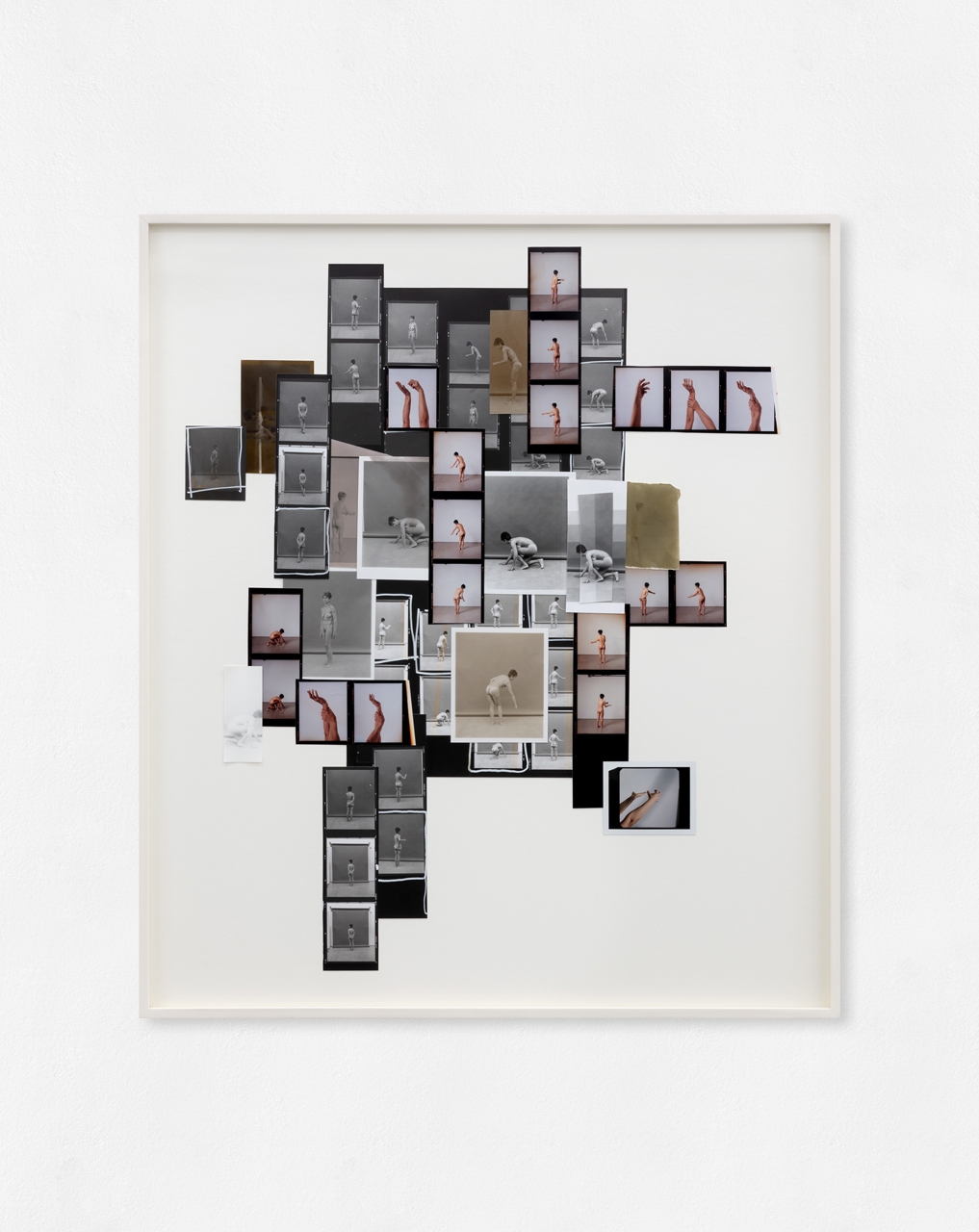
The Movements, 2020, gelatin silver prints, 92 x 80 cm
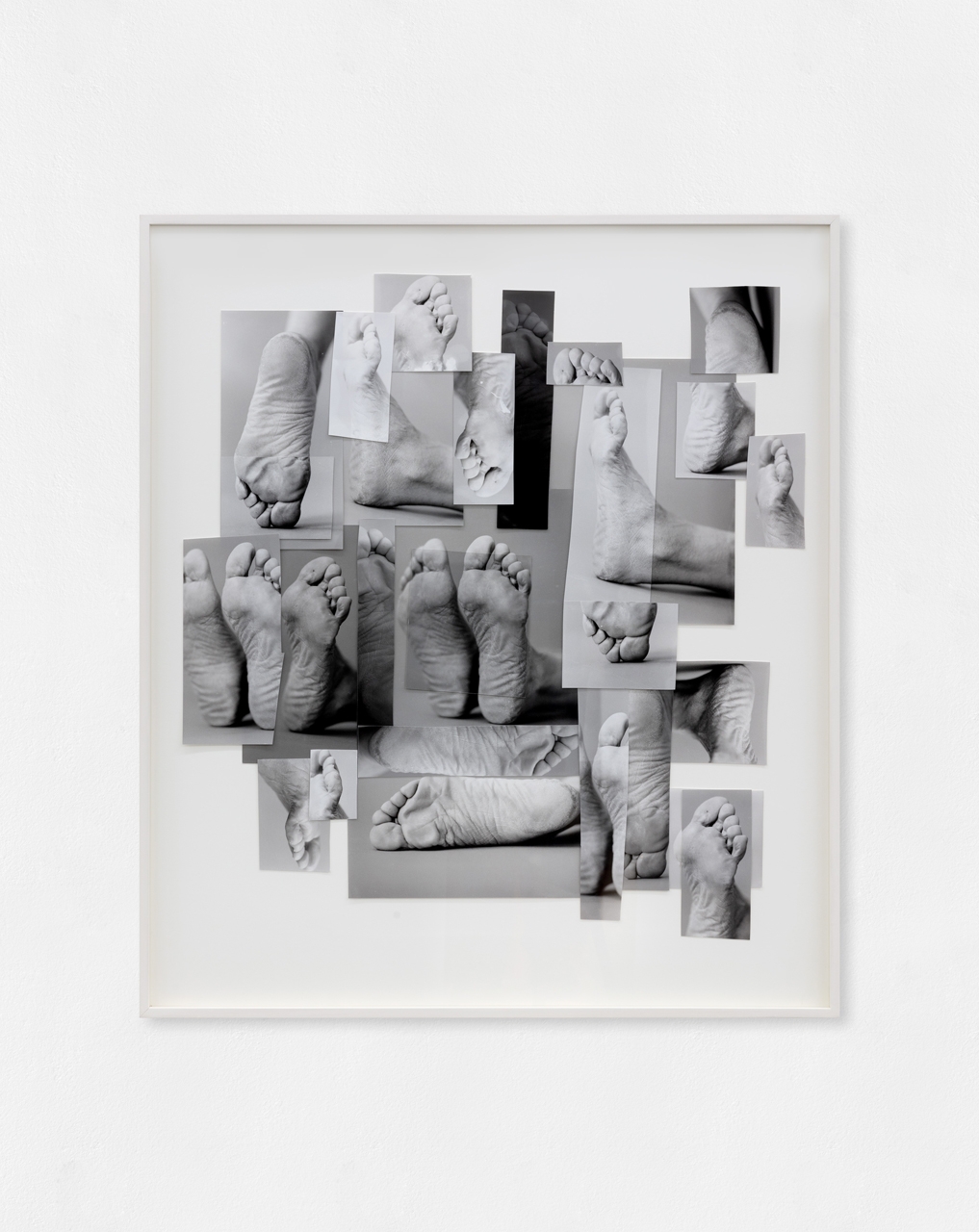
The Steps, 2021, gelatin silver prints, 92 x 80 cm
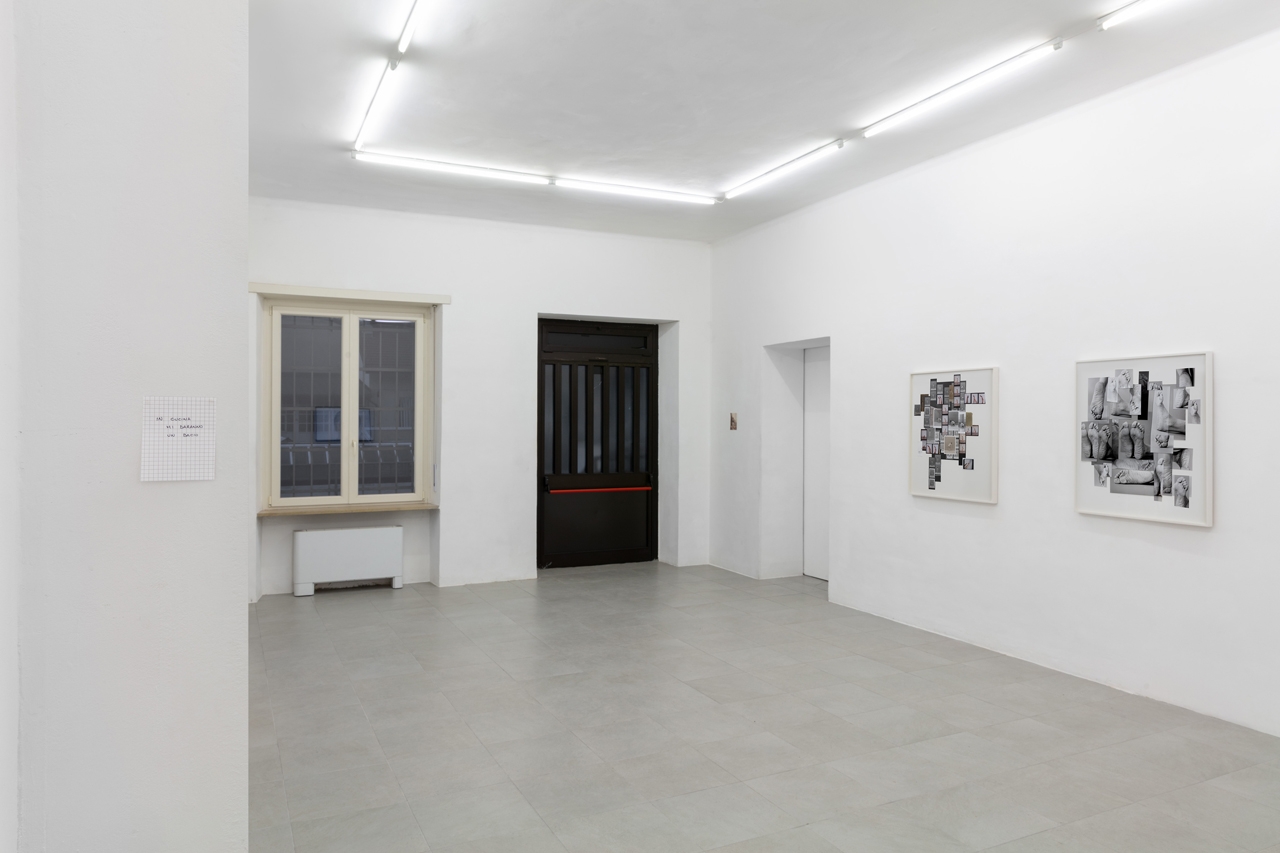
Installation view
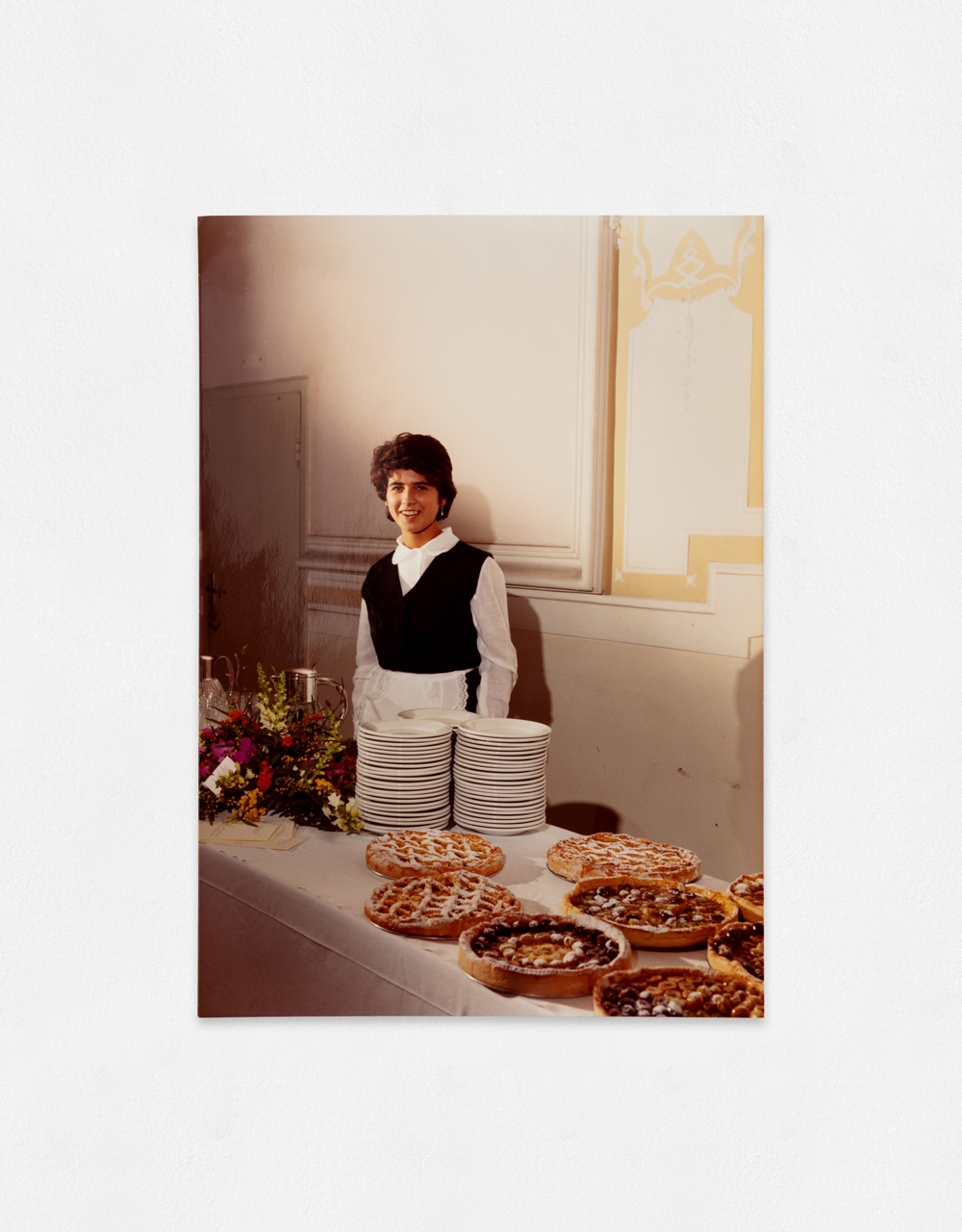
Untitled from the archive